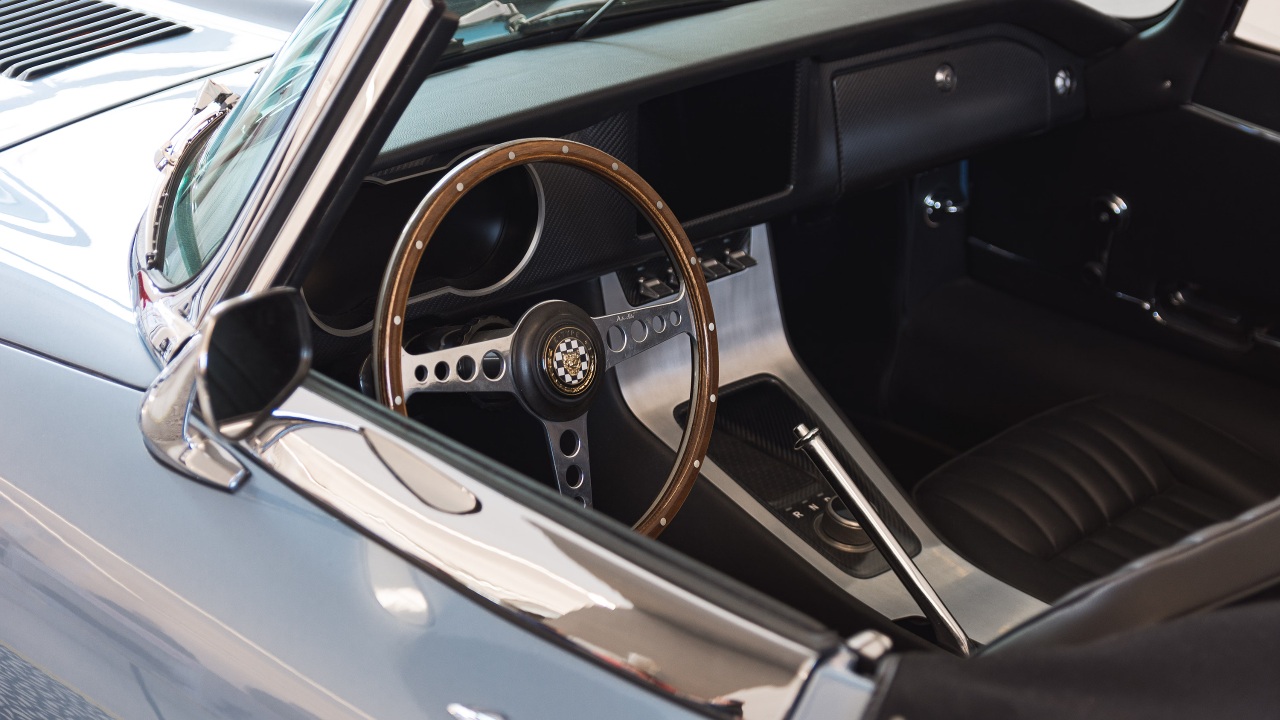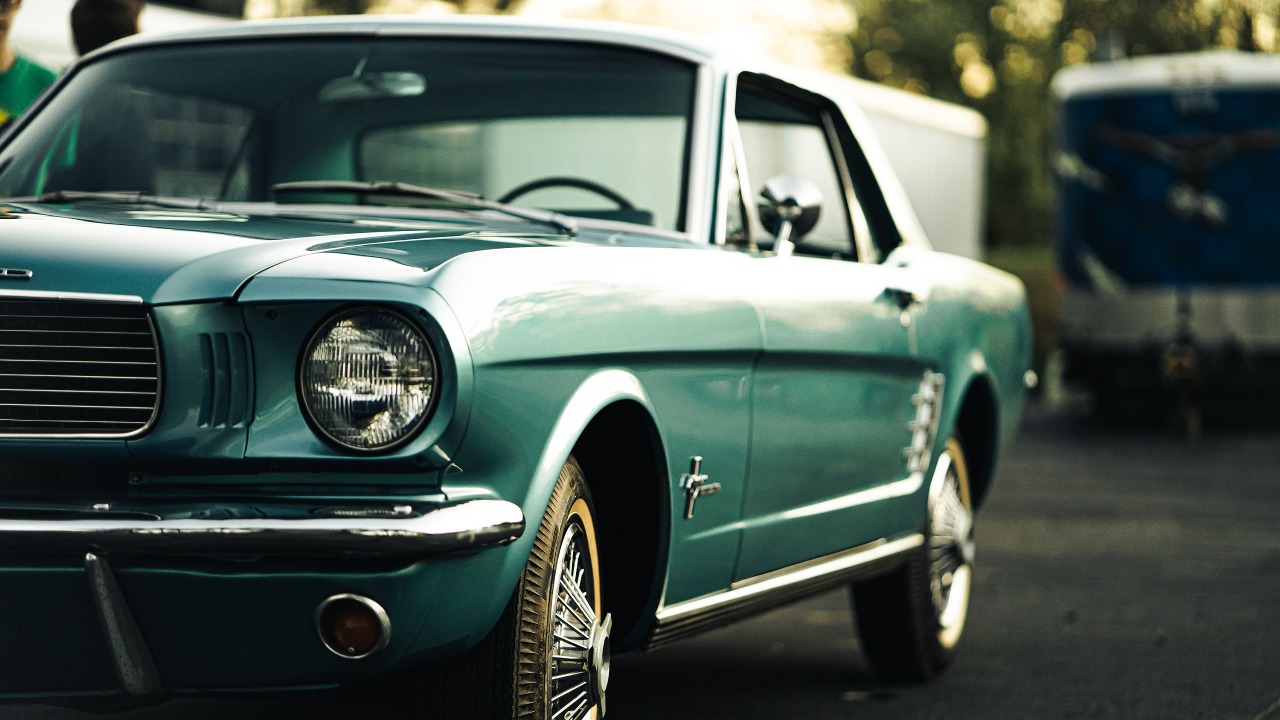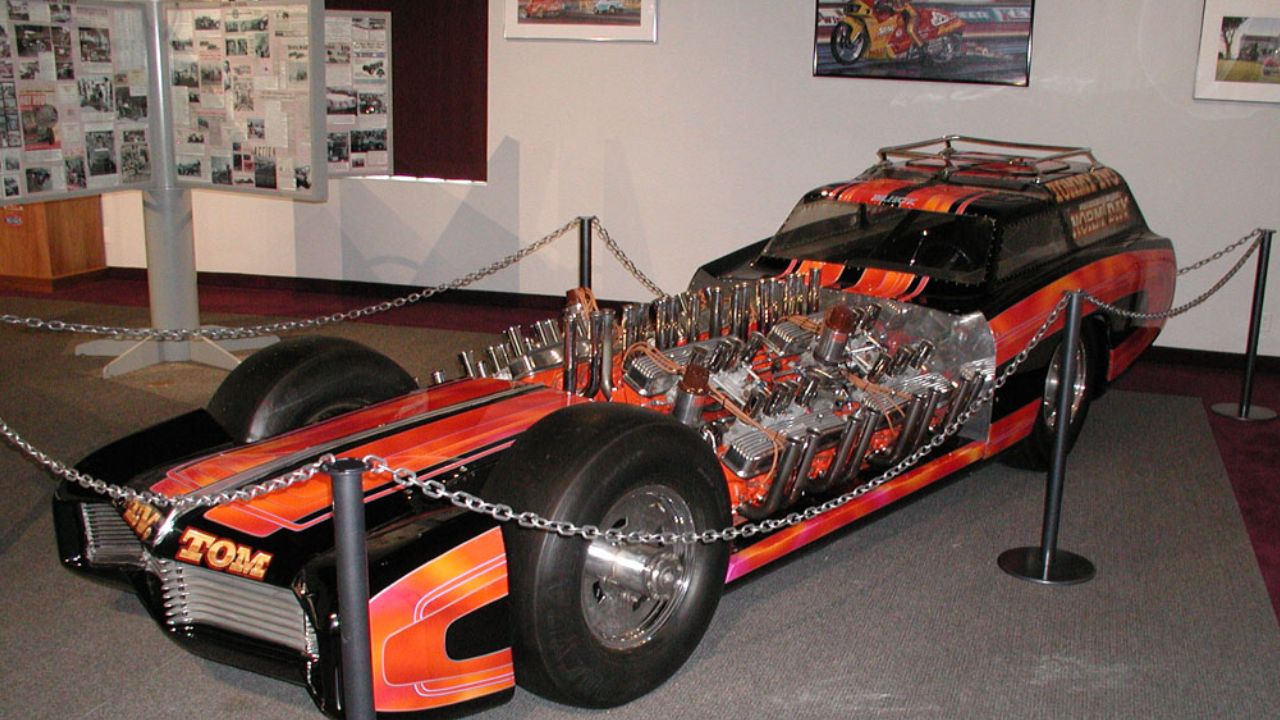To ensure that your unrestored survivor car remains a testament to its era, proper preservation practices are essential. These vehicles, often untouched by extensive restorations, require a unique approach to maintenance that respects their originality while safeguarding their condition. Here are ten tips to help you maintain and preserve your cherished survivor car.
Regular Cleaning and Maintenance
Keeping your survivor car clean is crucial to preserving its condition. I recommend using gentle, pH-balanced car shampoos to wash the exterior and a soft microfiber cloth for drying. Regular cleaning prevents dirt build-up and reduces the risk of scratches. Don’t forget to clean the undercarriage and wheel wells to remove any road grime that could lead to corrosion.
I also make it a habit to check fluid levels, such as oil, coolant, and brake fluid, regularly. This ensures that the engine and other mechanical parts continue to function smoothly. A well-maintained car not only runs better but also holds its value over time.
Climate-Controlled Storage
Storing your survivor car in a climate-controlled environment is pivotal in preventing damage caused by extreme temperatures and humidity. I find that maintaining a consistent temperature and humidity level helps in avoiding rust, mold, and material degradation. If a climate-controlled garage isn’t an option, using a high-quality car cover can offer some protection against the elements.
Consider investing in a dehumidifier or silica gel packs to control moisture levels in your storage space. This will further protect your car’s interior and mechanical components from humidity-related issues.
Protecting the Paint
Preserving the original paint of a survivor car is a delicate task. I suggest applying a high-quality wax or sealant every few months to provide a protective layer against UV rays and environmental pollutants. Avoid using abrasive cleaners or polishes that may strip away the paint’s original finish.
If your car has minor scratches or chips, touch them up promptly to prevent rust from forming. For cars with patina, consider consulting a professional to determine the best care strategy that maintains the car’s unique character while preventing further deterioration.
Upholstery Care
The upholstery of a survivor car is often an essential aspect of its originality. I recommend using leather conditioners for leather interiors and fabric protectants for cloth seats to keep them supple and prevent cracking or fading. Vacuum the interior regularly to remove dust and debris.
When dealing with stains, use gentle, upholstery-specific cleaners. Avoid harsh chemicals that could damage the material. For significant issues, consulting a professional upholsterer with experience in classic cars can be beneficial.

Engine and Mechanical Preservation
Keeping the engine and mechanical systems in good working order is crucial for a survivor car. Regularly changing the oil and using fuel stabilizers helps to keep the engine running smoothly. I find that starting the car occasionally, even if not driving it, can prevent parts from seizing up.
Make sure to inspect the belts, hoses, and gaskets for signs of wear and tear. Replacing these components before they fail can prevent more extensive and costly repairs down the line.
Tire and Wheel Maintenance
Old tires can pose a safety risk, so I recommend checking them for dry rot and ensuring they are properly inflated. Even if the tires have minimal miles, their age can affect their integrity. Consider replacing tires that are more than ten years old, regardless of tread wear.
Keep the wheels clean and free from brake dust buildup. If your car has rare or original wheels, take care to protect them from curbing and other damage that can affect their value and appearance.
Electrical System Checks
The electrical system of a survivor car can be a source of problems if not maintained properly. I suggest periodically checking the battery terminals for corrosion and ensuring the battery is charged. Use a trickle charger if the car is not driven regularly to maintain battery health.
Inspect wiring for cracks or brittleness, which can lead to shorts or failures. Ensure that all lights and electrical components are functioning correctly, as these are often overlooked aspects of vehicle maintenance.
Documentation and Record Keeping
Maintaining detailed records of your car’s history, maintenance, and any repairs is invaluable. I find that documenting every service, even minor maintenance, adds to the car’s provenance and can enhance its value. Keep all original manuals, receipts, and any documentation of past ownership.
Creating a digital backup of these records can also be helpful, ensuring that you have access to them even if the physical copies are lost or damaged.
Avoiding Modifications
One of the defining features of survivor cars is their originality. I advise against making any modifications that could alter the vehicle’s original state, as this can significantly reduce its value. This includes changes to the engine, body, or interior.
If you must make modifications for safety or reliability reasons, try to use period-correct parts or reversible changes that can be undone without permanent alterations to the car.
Expert Consultation and Assessment
Regular assessments by professionals who specialize in classic cars can provide insights into maintaining your survivor car’s condition. I find that these experts can identify potential issues before they become significant problems, offering tailored advice for preservation.
Consider joining classic car clubs or online forums, where you can connect with other enthusiasts and professionals who share valuable tips and experiences in maintaining unrestored survivor cars.
Like Fast Lane Only’s content? Be sure to follow us.
Here’s more from us:
*Created with AI assistance and editor review.







Leave a Reply